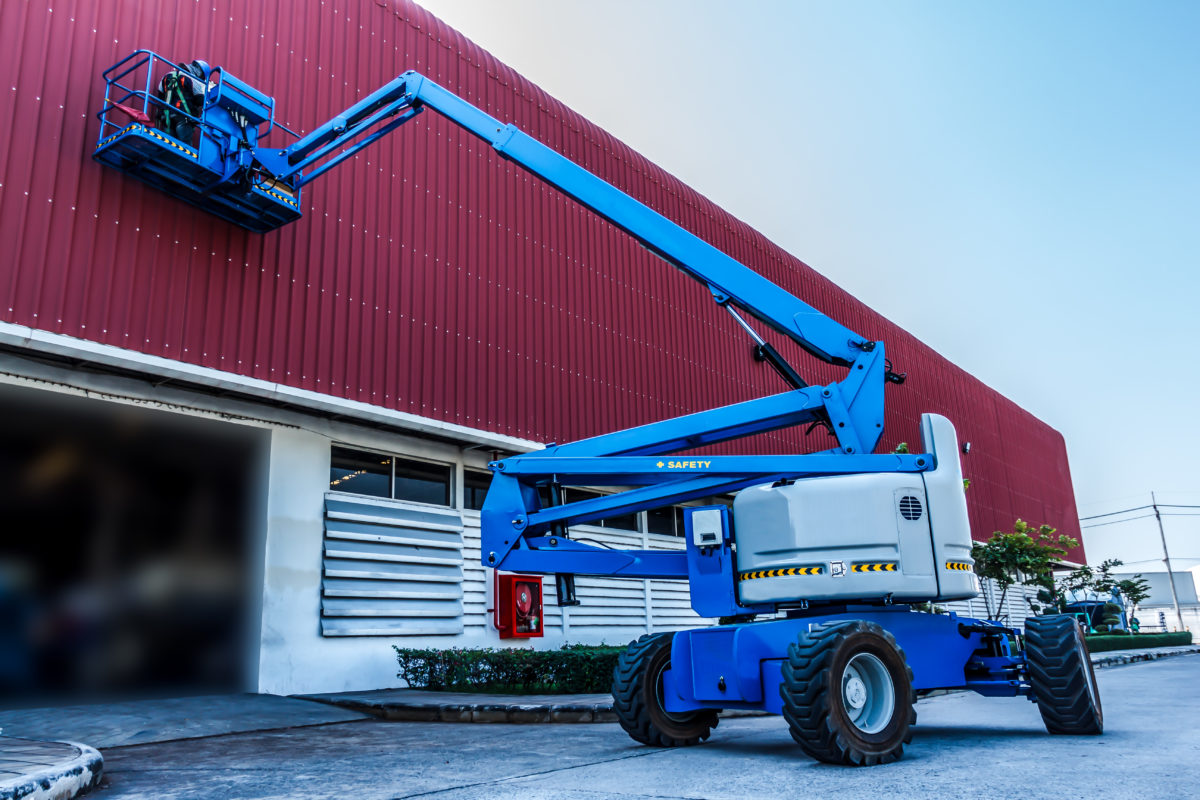Heavy equipment is the backbone of many industries, from construction and mining to agriculture and forestry. These powerful machines can be incredibly productive, but they also pose a serious risk of injury or death if not operated safely. Here, we’ll explore some of the most important safety considerations for working with heavy equipment. By following these guidelines, you can help to keep yourself and your coworkers safe on the job.
Understanding the Risks
The specific hazards associated with heavy equipment will vary depending on the type of machine being used and the task at hand. However, some common risks include:
- Rollover accidents: Heavy equipment is top-heavy and can easily tip over if operated on uneven terrain or at unsafe speeds. Operators should always be aware of the center of gravity of the machine and avoid making sudden turns or stops.
- Falling objects: Heavy equipment is often used to lift and move heavy objects. If these objects are not secured properly, they can fall and cause serious injuries.
- Caught-in hazards: Heavy equipment has many moving parts, such as gears, belts, and chains. Workers should never reach into these areas while the machine is running.
- Struck-by hazards: Heavy equipment can cause serious injuries if it strikes a worker. Workers should always be aware of their surroundings and maintain a safe distance from operating machinery.
Safe Work Practices
There are a number of steps that workers can take to minimize the risk of injury when working with heavy equipment. These include:
- Proper training: Only workers who have been properly trained on the safe operation of a specific piece of equipment should be allowed to operate it. Training should cover topics such as pre-operation inspections, safe operating procedures, and emergency shutdown procedures.
- Personal protective equipment (PPE): Workers should wear appropriate PPE when working with heavy equipment. This may include hard hats, safety glasses, gloves, steel-toed boots, and high-visibility clothing.
- Pre-operation inspections: Before operating any piece of heavy equipment, the operator should conduct a thorough pre-operation inspection to identify any potential hazards.
- Maintaining a safe work zone: A safe work zone should be established around any operating heavy equipment. This zone should be large enough to provide workers with enough space to move around safely without entering the path of the machine.
- Communication: Clear communication is essential when working with heavy equipment. Operators should communicate their intentions to other workers in the area, and workers should always let the operator know if they need to enter the work zone.
Specific Equipment Safety Considerations
In addition to the general safety practices listed above, there are also some specific safety considerations that apply to different types of heavy equipment. Here are a few examples:
Cranes: Crane operators must be aware of the weight capacity of the crane and never attempt to lift more weight than the crane is designed to handle. They must also be familiar with the proper procedures for rigging and securing loads. For more information on safe crane operation, you can take our Advanced Safety & Training course, Crane Awareness Training.
Scissor lifts: Scissor lifts can be unstable if not operated properly. Operators should always follow the manufacturer’s recommendations for weight capacity and operating procedures. Our course Scissor Lift Training covers the specifics of safe scissor lift use.
Forklifts: Forklift operators must be aware of the center of gravity of the load they are carrying and avoid making sharp turns or stops. They should also use the proper forks for the job and never exceed the weight capacity of the forklift. Gaining a permit to operate a forklift often requires specific safety training, and our course Forklift Safety Training can provide you with the knowledge you need.





Recent Comments